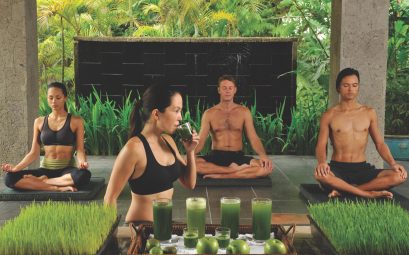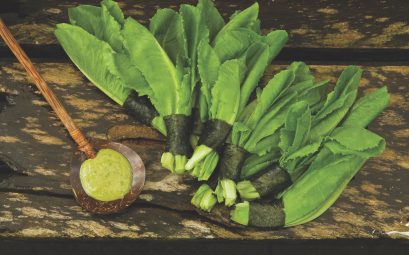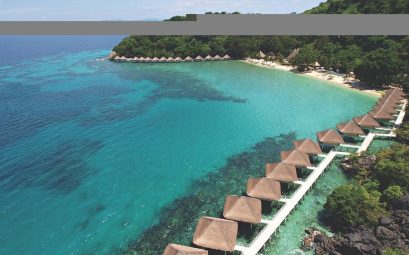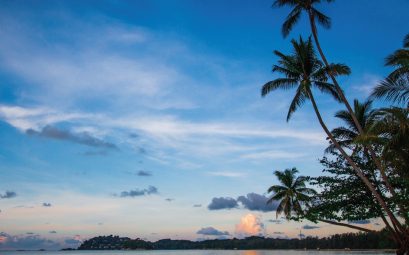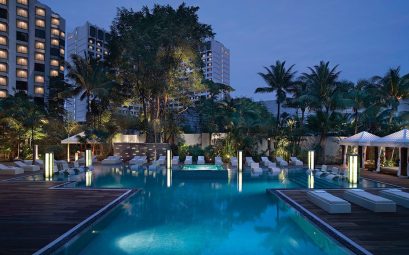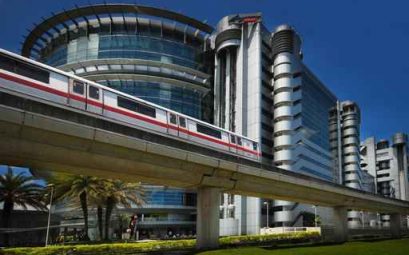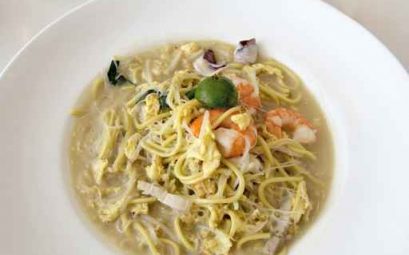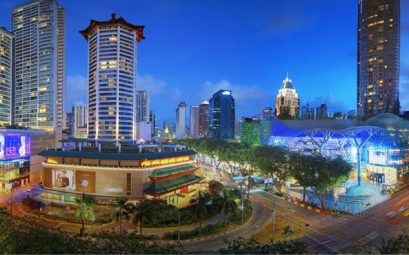Activities in Philippines
The Philippines nightlife culture comes alive in the Visayas biggest city, Cebu. The city is packed with many amazing restaurants, and the live music only makes it better. If you find boards that mention ‘videoke’ know that they are referring to what is known as karaoke elsewhere. The nightlife offers various settings from posh urban VIP lounges to laid-back grunge bars that play folk music. There are also transvestite venues in Manila that many tourists visit. Filipino towns feature far more low-key bars that play reggae or country music. You can also catch classical music, opera and ballet performances at the Philippines Cultural center.
You can purchase a number of things in the Philippines from religious artifacts to exquisite pieces of art. If you are picking up souvenirs you could try looking for jeepney models or fridge magnets. You should also find cutlery pieces that use bamboo and carabao horn. If you are looking to shop for clothes, stop by Colon, Dividoria or Palitan markets; you should find batik textile products, traditional malong, vibrantly colored raw textile cloths and more. You should also find linens products in Filipino department stores. Jewelry pieces can be found at throwaway prices in malls, from tribal-imitation jewelery to pearl jewelry.

